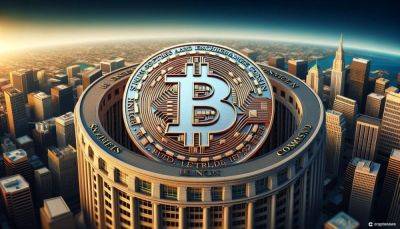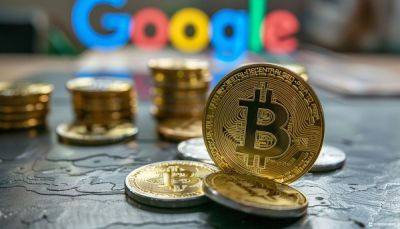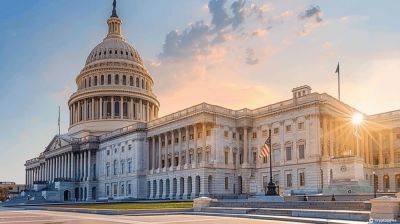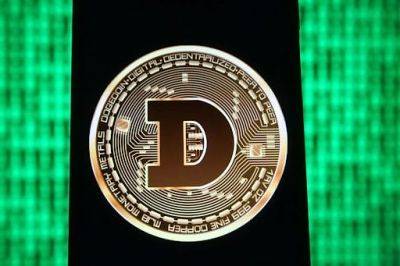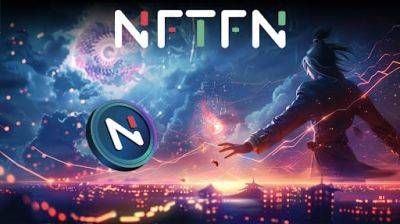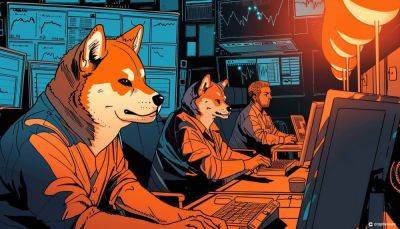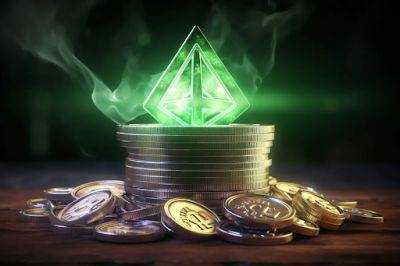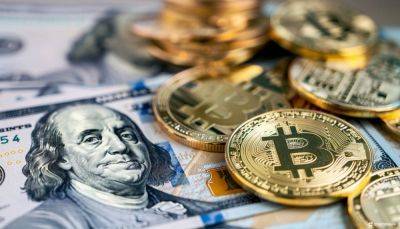Stock market bubble? Analysts explain why they're not worried
Despite the heavy concentration of the U.S. market rally in expensive, AI-focused tech stocks, analysts say Wall Street is not yet in bubble territory.
The S&P 500 has climbed for 16 of the last 18 weeks and notched a new all-time closing high on Friday, but the gains have been heavily concentrated among the so-called «Magnificent 7» tech behemoths, led by skyrocketing Nvidia.
The U.S. Federal Reserve, meanwhile, is expected to begin cutting interest rates in June, potentially supplying a further boon to high-growth tech stocks.
The sheer scale and narrow nature of the bull run have evoked some concern about a market bubble, and UBS strategists on Wednesday drew comparisons with the late 1990s.
In January 1995, when the Fed finished a cycle of interest rate hikes that took the Fed funds rate to 6%, the S&P 500 started on a bull run that delivered over 27% in annualized returns over the next five-plus years.
Until the bubble burst spectacularly in March 2000.
«The 90s bull run saw two phases: a broad, steady climb from early '95 to mid '98, and then a narrower, more explosive phase from late '98 to early '00,» UBS Chief Strategist Bhanu Baweja and his team said in the research note.
«Today's sectoral patterns, narrowness, correlations, are similar to the second phase of the market; valuations are not far off either.»
Yet despite the surface-level similarities, Baweja argued that «there's no bubble ready to go pop,» and pointed to notable differences in earnings, realized margins, free cash flow, IPO and M&A activity, as well as signals from options markets.
While sector-specific enthusiasm is evident today, UBS highlighted that it is not based solely on hype as was the case for much of the dotcom bubble, but on actual
Read more on cnbc.com
 cnbc.com
cnbc.com

